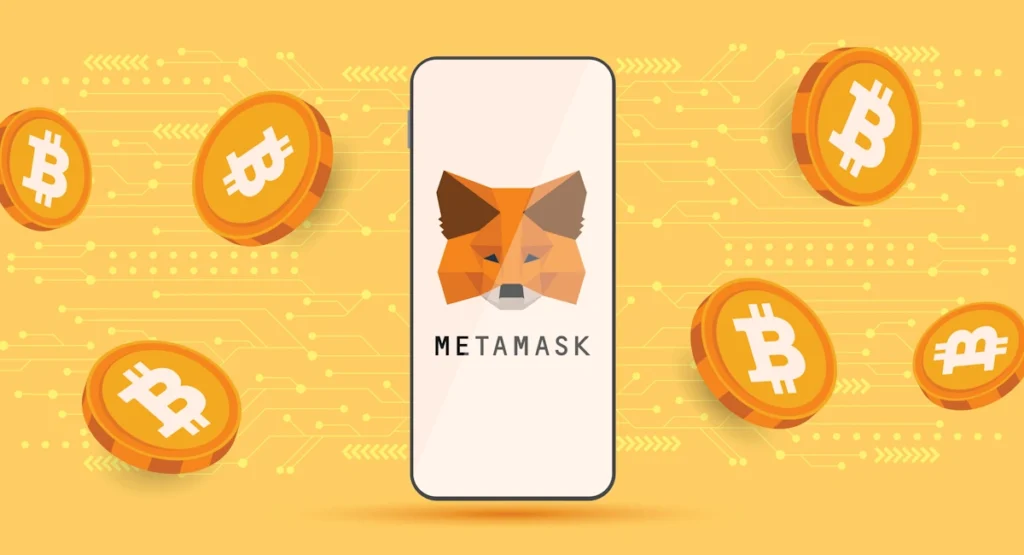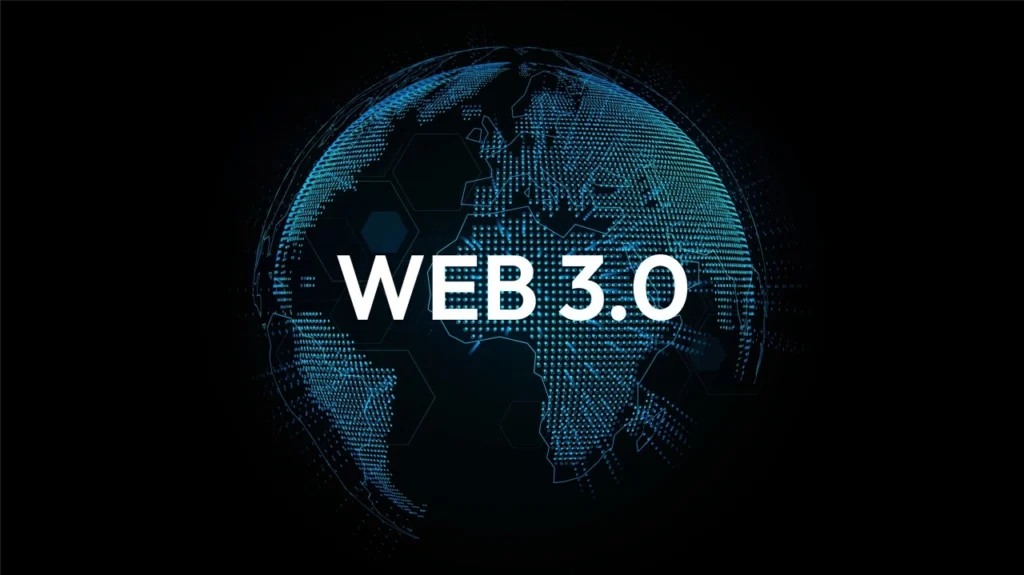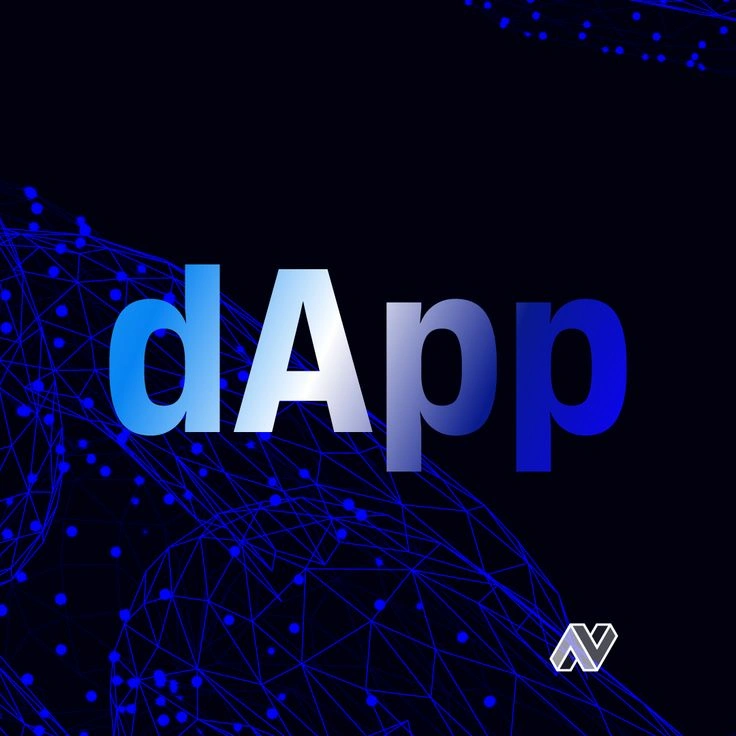Metamask Wallet Explained: What It Is, How It Works & Why It Matters
If you’ve dipped your toes into crypto—even just a little—you’ve probably heard of the Metamask wallet. It pops up a lot in conversations about Ethereum, NFTs, Web3… and let’s be honest, sometimes it feels like everyone’s using it except you. But what actually is it?
Put simply, Metamask is a crypto wallet and a gateway to blockchain apps. It’s a browser extension (also available on mobile) that lets you manage your Ethereum-based assets and interact with decentralized applications—aka dApps. But there’s a little more to it than just storing coins.
How it Works (Without the Jargon)

At its core, Metamask gives you control of your digital identity on the Ethereum blockchain. You can store tokens (like ETH and countless ERC-20 tokens), connect to NFT marketplaces, swap crypto, and even log into decentralized websites… all without handing over your email or personal info.
Sounds wild, right? That’s because it kinda is. You get a private key (think of it as your ultra-secret password), and only you can access your funds. Not even Metamask can touch it. Lose your key? You’re out of luck. That’s both the freedom—and the risk—of decentralization.
Here’s how it typically works:
- You install Metamask as a browser extension or mobile app.
- It generates a “seed phrase”—12 words you MUST save (seriously, write it down somewhere safe).
- You get a wallet address that you can use to send or receive tokens.
- You can connect to apps like OpenSea, Uniswap, and many others with one click.
Why it is a Big Deal in Web3


Let’s be real—most crypto wallets are… well, kinda clunky. Metamask stands out because it’s relatively easy to use and widely supported. If you’re messing around in the Web3 world, chances are you’ll need it sooner or later.
Some folks even call it your “passport” to the decentralized web. Want to mint an NFT? Stake tokens? Join a DAO (decentralized autonomous organization)? Chances are, the site will ask you to “Connect Wallet,” and guess who’s always at the top of the list? Yep—Metamask.
Is Metamask Wallet Safe?


Ah, the million-dollar question. (Sometimes literally.) Is Metamask safe?
Well… yes and no.
Metamask itself is generally secure, assuming you downloaded it from the official source. But here’s the catch: since you hold the keys, you’re also fully responsible. Phishing scams, fake extensions, and sketchy dApps can still mess things up if you’re not careful.
Best practices? Use a hardware wallet for large amounts, double-check URLs, and never share your seed phrase. Not even with your dog.
Common Uses for a Metamask Wallet

There’s more to it than just storing Ethereum. Here’s what people are doing with Metamask right now:
- Buying and selling NFTs on platforms like OpenSea
- Swapping tokens directly in the wallet
- Logging into decentralized games or DeFi tools
- Managing multiple wallets/accounts
- Bridging to other networks like Polygon or Binance Smart Chain
It’s kind of the Swiss army knife of crypto wallets. A little nerdy? Maybe. But incredibly useful? Absolutely.
Final Thoughts: Should You Try the Metamask Wallet?
So, should you get a Metamask wallet? If you’re just buying Bitcoin and calling it a day, probably not. But if you’re even slightly curious about Ethereum, NFTs, or decentralized apps—it’s almost a must-have.
It’s free, fairly simple to use, and gives you access to a whole new corner of the internet. Just remember: with great (crypto) power comes great responsibility.
So yeah, maybe it’s not perfect… but for now? It’s the best starting point for anyone wanting to explore Web3 without getting totally overwhelmed.
Relevant News: HERE




